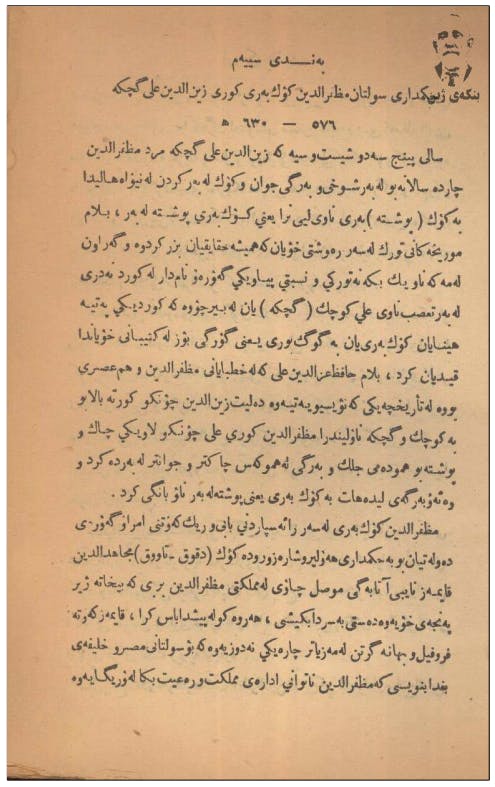
本文探讨了利用OCR技术处理库尔德语历史文档的方法。研究团队使用Tesseract OCR引擎,收集并数字化了1950年前的历史文献,并创建包含1233行文本的数据集进行训练。实验结果显示模型具有较高的字符识别准确率,并开发了用户友好的网页界面以供实际应用。 2025-8-20 07:0:3 Author: hackernoon.com(查看原文) 阅读量:11 收藏
Table of Links
1.1 Printing Press in Iraq and Iraqi Kurdistan
1.2 Challenges in Historical Documents
-
Related work and 2.1 Arabic/Persian
-
Method and 3.1 Data Collection
3.2 Data Preparation and 3.3 Preprocessing
3.4 Environment Setup, 3.5 Dataset Preparation, and 3.6 Evaluation
-
Experiments, Results, and Discussion and 4.1 Processed Data
5 Conclusion
The primary motivation for this study stems from the significant amounts of historical documents stored in libraries that still need to be processed. The lack of processing capabilities has led to exploring OCR technology for Kurdish, a low-resource language. Implementing OCR for extracting text from historical documents in Kurdish would greatly enhance available resources.
Extensive research was conducted to assess existing OCR systems for Kurdish and other languages worldwide. The investigation focused on previous work, accuracy, and underlying





technology. It was determined that Tesseract was a suitable option for this research.
Once the technology was identified, efforts were made to collect digital copies of historical documents printed before 1950. This task proved challenging, as locating documents and converting them into digital format presented additional hurdles. Fortunately, the Zheen Center for Documentation and Research in Sulaymaniyah, which specializes in archiving historical documents, provided some books in the form of digital copies.
Upon receiving the digitized copies, a dataset was created to train the Tesseract model. Text lines were extracted from the pages, transcribed individually, and subjected to preprocessing to prepare the dataset.
With a dataset of 1233 lines, the model was trained based on the Arabic model. Following the training, the model’s performance was evaluated using various methods. Tesseract’s built-in evaluator lstmeval indicated a CER of 0.755%. Additionally, Ocreval demonstrated an average character accuracy of 84.02%. Finally, an in-house web application was developed to provide an easy-to-use interface for end-users, allowing them to interact with the model by inputting an image of a page and extracting the text.
This model could be a valuable tool for libraries and centers, enabling them to extract text from historical documents and perform further processing effectively.
Authors:
(1) Blnd Yaseen, University of Kurdistan Howler, Kurdistan Region - Iraq ([email protected]);
(2) Hossein Hassani University of Kurdistan Howler Kurdistan Region - Iraq ([email protected]).
This paper is
如有侵权请联系:admin#unsafe.sh